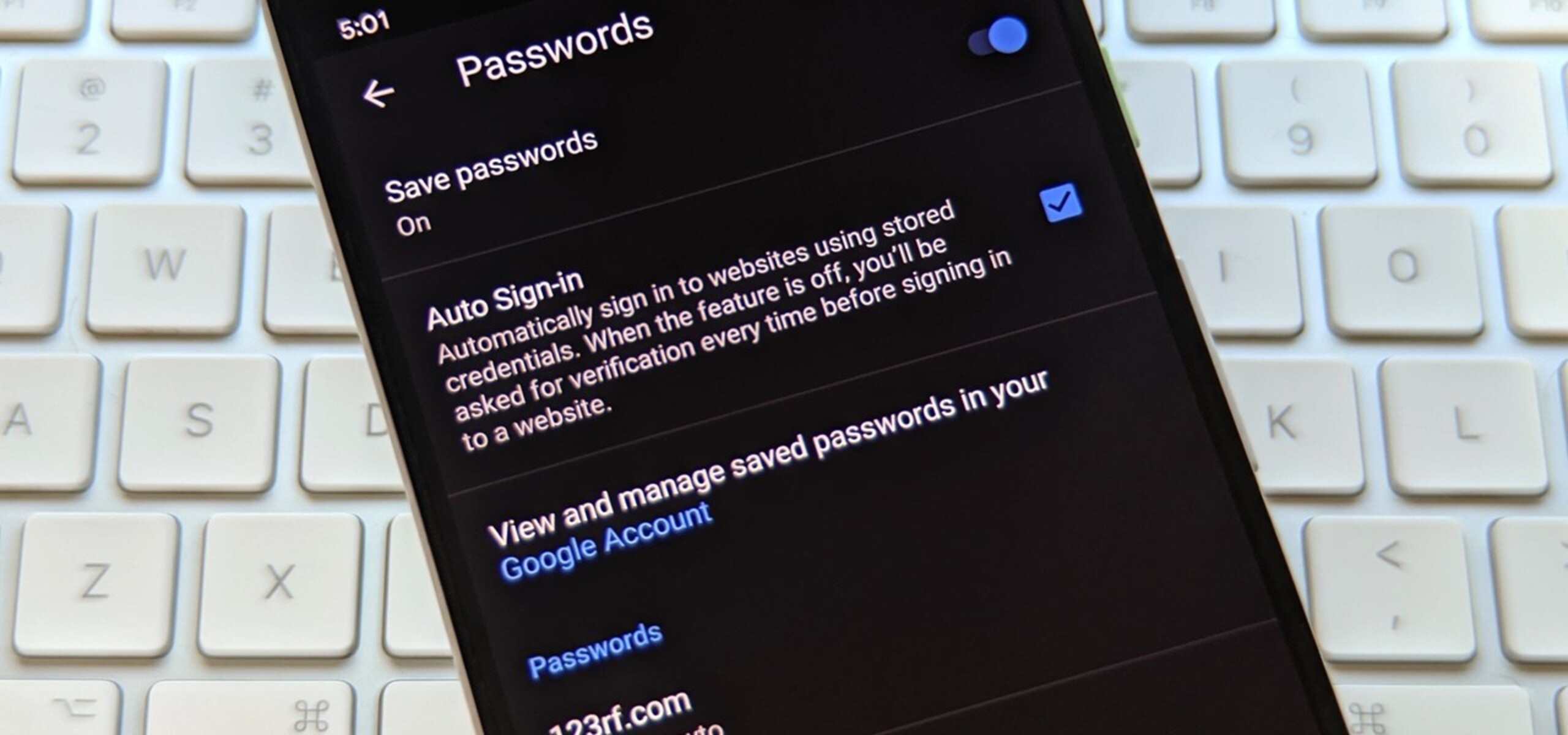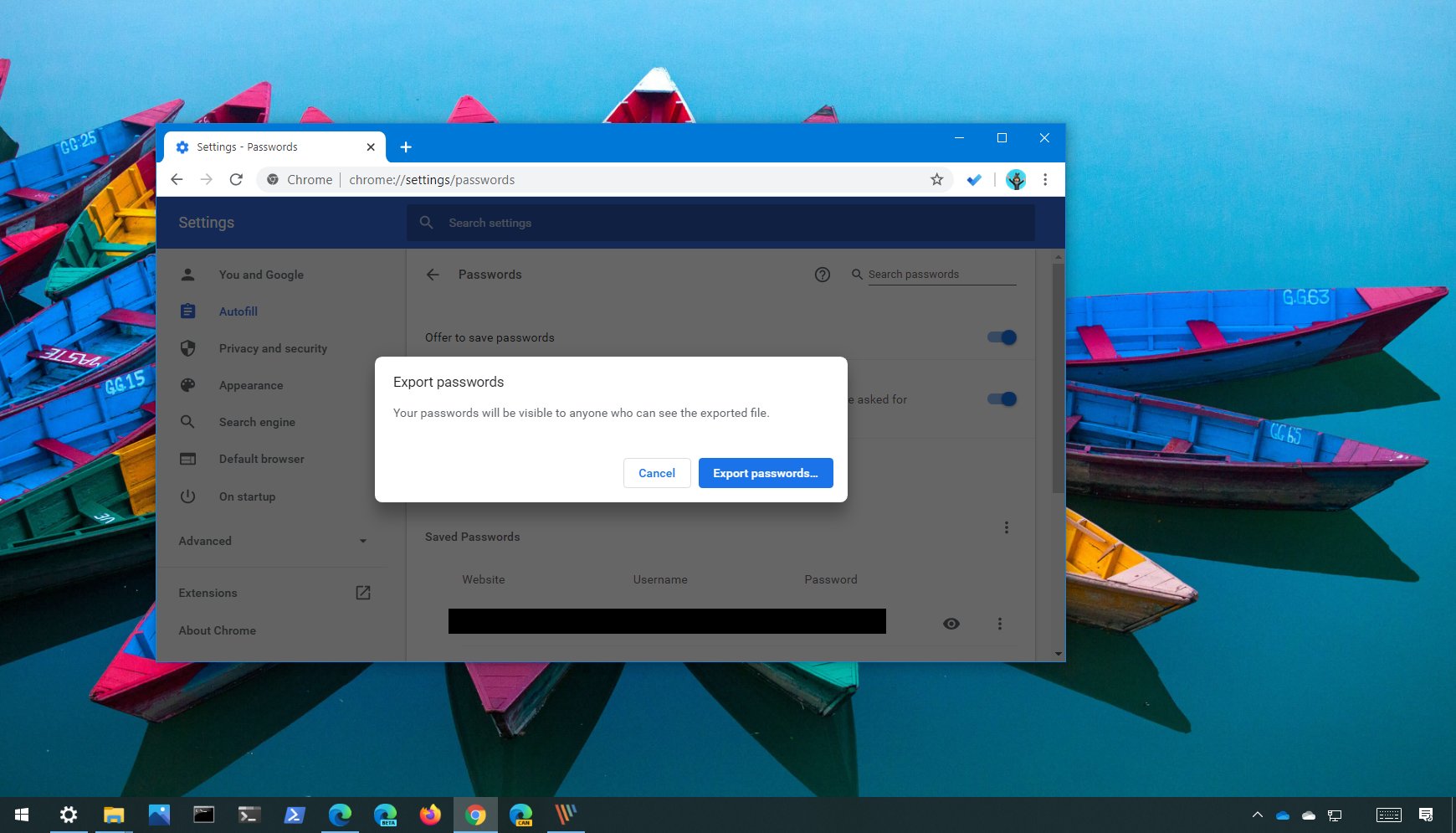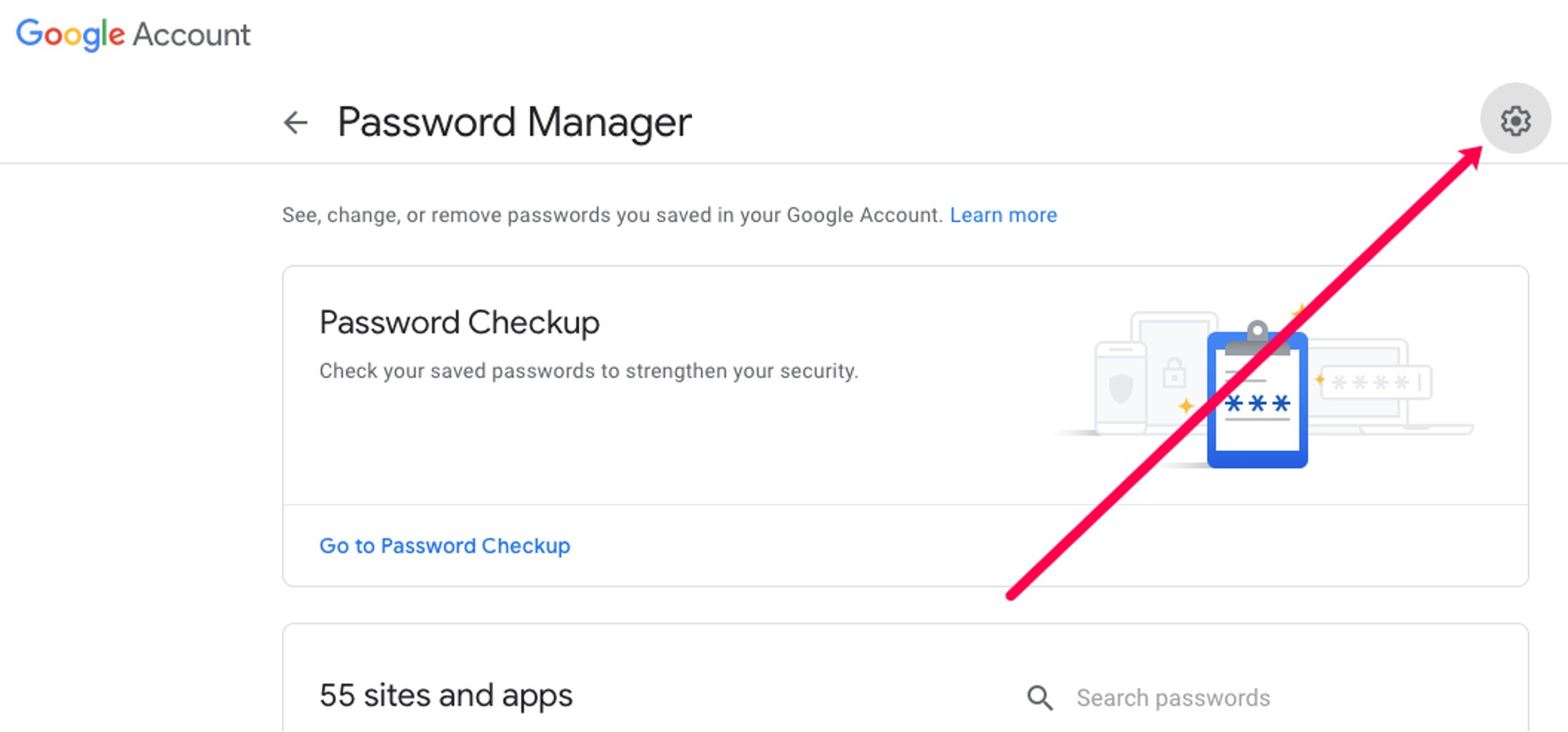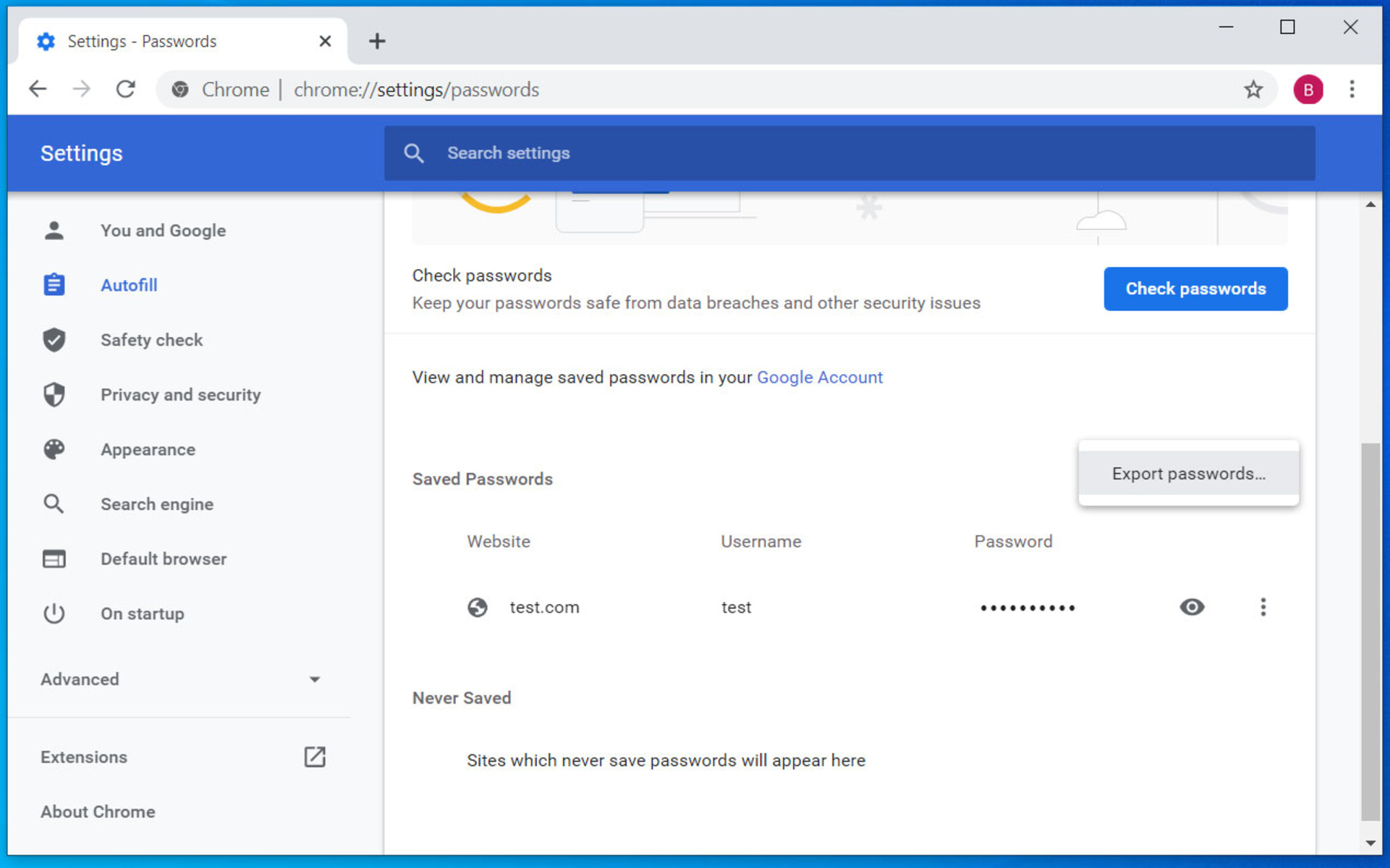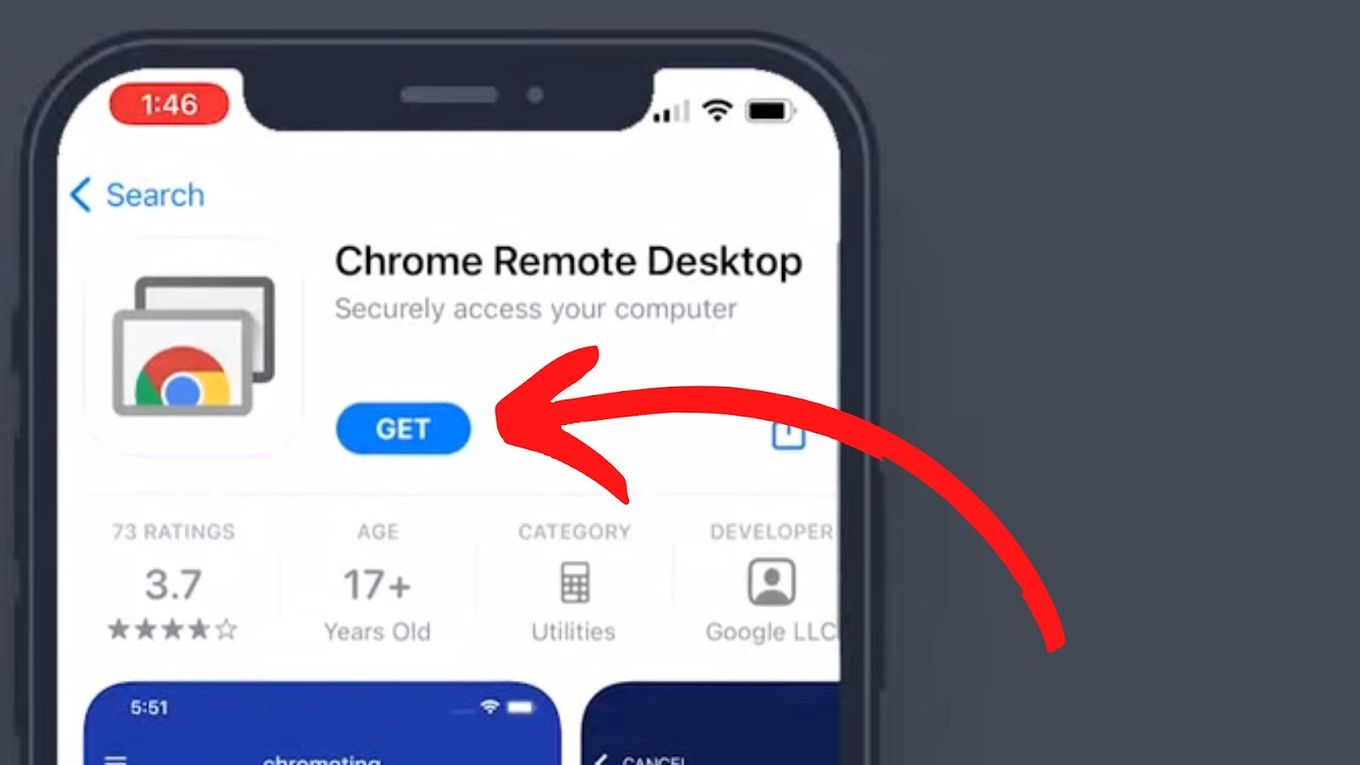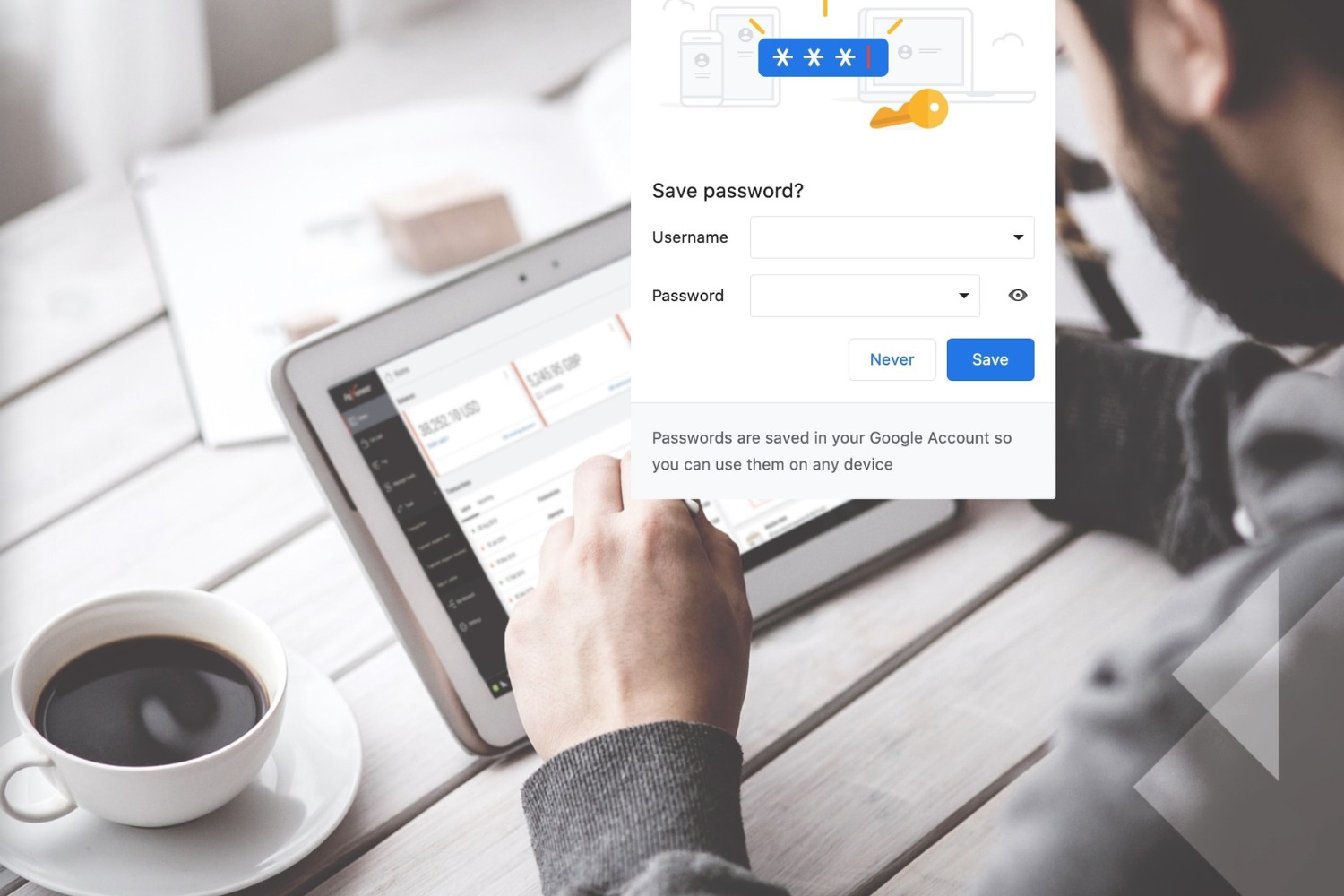Introduction
Google Chrome is one of the most popular web browsers in the world, known for its user-friendly interface and powerful features. One such feature is its ability to remember passwords for various websites, eliminating the need for users to repeatedly enter their login credentials. This convenient functionality not only saves time but also enhances security by allowing users to create complex, unique passwords for each site without the hassle of memorizing them.
In this article, we will explore the simple yet invaluable process of having Google Chrome remember a password. Whether you're a frequent visitor to your favorite social media platform, online shopping destination, or email service, Chrome's password-saving capability can streamline your online experience. By following the steps outlined in this guide, you can harness the full potential of this feature and enjoy seamless access to your preferred websites.
Let's delve into the step-by-step process of enabling Google Chrome to remember your passwords, empowering you to navigate the digital landscape with ease and confidence. Whether you're a seasoned Chrome user or new to the browser, mastering this functionality will undoubtedly elevate your browsing experience. So, without further ado, let's embark on this journey to unlock the convenience and security offered by Google Chrome's password-saving feature.
Step 1: Open Google Chrome
To initiate the process of having Google Chrome remember a password, the first step is to open the browser. Whether you're using a Windows, Mac, or Linux computer, launching Google Chrome is a straightforward task. Simply locate the Chrome icon on your desktop, taskbar, or applications folder and double-click to open it. Alternatively, you can search for "Google Chrome" in the system's search bar and select the browser from the results.
Upon opening Google Chrome, you will be greeted by the familiar interface, characterized by its clean layout and intuitive navigation. The browser's omnibox, located at the top, serves as both the address bar and search engine, allowing users to enter website URLs or conduct web searches seamlessly.
As Google Chrome loads, you may notice the tabs from your previous browsing sessions, providing quick access to your frequently visited sites. Additionally, the customizable nature of Chrome enables users to personalize their browsing experience by adding extensions, organizing bookmarks, and adjusting various settings to suit their preferences.
Once Google Chrome is up and running, you are ready to proceed to the next step in the process of enabling the password-saving functionality. With the browser at your fingertips, you are poised to unlock the full potential of this feature, enhancing both convenience and security in your online interactions.
Opening Google Chrome marks the initial stage in the journey to harness the power of password management within the browser. As we move forward, the subsequent steps will seamlessly build upon this foundation, ultimately empowering you to leverage Google Chrome's capability to remember and autofill your passwords across different websites.
Step 2: Navigate to the Website
After launching Google Chrome, the next pivotal step in the process of having the browser remember a password is to navigate to the website for which you wish to save your login credentials. Whether it's a social media platform, e-commerce site, email service, or any other online destination requiring authentication, Google Chrome's password-saving feature can streamline your access to these platforms.
To navigate to the desired website, simply enter the site's URL in the omnibox at the top of the Chrome window. Alternatively, if the website is among your frequently visited destinations, you can select it from the thumbnails displayed on the New Tab page. This page often showcases your most visited sites, providing quick and convenient access to your preferred online destinations.
As you enter the website's URL or select it from the New Tab page, Google Chrome swiftly loads the site, presenting its content within the browser window. The seamless loading process, coupled with Chrome's robust rendering capabilities, ensures a smooth and responsive browsing experience.
Upon reaching the website, you may encounter the familiar login interface, prompting you to enter your username and password to access your account. It is at this juncture that Google Chrome's password-saving functionality comes into play, offering you the option to store your login credentials securely within the browser.
Navigating to the website sets the stage for the subsequent steps in the process, laying the groundwork for Chrome to capture and store the login information for effortless future access. This pivotal step not only facilitates the seamless integration of the password-saving feature but also underscores the user-centric design of Google Chrome, which prioritizes convenience and security in equal measure.
As we transition to the next phase of the process, the act of navigating to the website serves as the gateway to unlocking the full potential of Google Chrome's password-saving functionality. With the website loaded and ready for interaction, the subsequent steps will seamlessly build upon this foundation, culminating in the successful activation of the password-saving feature within the browser.
Step 3: Enter Your Password
Once you have navigated to the website for which you intend to save your login credentials, the next step is to enter your password. This pivotal action not only grants you access to your account on the respective site but also triggers Google Chrome's password-saving prompt, enabling you to store your login information securely within the browser.
As you encounter the login interface, carefully input your password in the designated field. Whether it's a complex alphanumeric passphrase or a familiar sequence of characters, ensure that you accurately enter your password to proceed. This step is crucial, as it not only authenticates your identity with the website but also signals to Google Chrome that you are ready to save this password for future use.
As you type your password, Google Chrome's intelligent autofill feature may offer to remember the password for you. This prompt typically appears as a small pop-up near the password field, presenting the option to save the password to your Chrome account. By clicking "Save" or "Yes" in response to this prompt, you initiate the process of securely storing your password within the browser.
It's important to note that Google Chrome employs robust encryption measures to safeguard your saved passwords, ensuring that they remain protected from unauthorized access. This commitment to security underscores Chrome's dedication to prioritizing user privacy and data protection, instilling confidence in users to leverage the password-saving feature without compromising their sensitive information.
Upon confirming the decision to save your password, Google Chrome seamlessly captures and encrypts the login credentials, adding them to your saved passwords list. This list, accessible through the browser's settings, serves as a secure repository for all your saved passwords, allowing for effortless management and retrieval when needed.
Entering your password not only grants you access to your account but also triggers the initiation of Google Chrome's password-saving functionality. This seamless integration of user action and browser response underscores the intuitive nature of Chrome's password management capabilities, empowering users to effortlessly secure and access their login credentials across various websites.
As we progress to the subsequent step, the act of entering your password serves as the catalyst for the successful activation of Google Chrome's password-saving feature, setting the stage for streamlined and secure access to your preferred online platforms.
Step 4: Save the Password
Upon entering your password and triggering Google Chrome's password-saving prompt, the pivotal moment arrives to solidify the decision to save your login credentials. With the prompt displayed near the password field, offering the option to remember the password, a simple click on "Save" or "Yes" initiates the seamless process of securely storing your password within the browser.
As you confirm the action to save your password, Google Chrome employs robust encryption measures to ensure the security of your sensitive information. This encryption, coupled with Chrome's stringent privacy protocols, safeguards your saved passwords from unauthorized access, instilling confidence in users to leverage the password-saving feature without compromising their data.
The act of saving your password not only streamlines your future access to the website but also contributes to a cohesive and secure browsing experience. By entrusting Google Chrome with the task of remembering your login credentials, you eliminate the need to repeatedly enter your password, saving time and enhancing convenience in your online interactions.
Furthermore, Google Chrome's password-saving functionality extends beyond the confines of a single device, seamlessly synchronizing your saved passwords across different platforms. This synchronization, facilitated through your Google account, ensures that your passwords are accessible whenever and wherever you need them, whether you're using Chrome on a desktop, laptop, or mobile device.
As your password is securely saved within Google Chrome, it joins the ranks of your other stored credentials, forming a comprehensive repository accessible through the browser's settings. This centralized storage not only simplifies password management but also reinforces the browser's commitment to empowering users with efficient and secure tools for navigating the digital landscape.
The seamless process of saving your password within Google Chrome epitomizes the browser's dedication to user-centric design, prioritizing both convenience and security in equal measure. By embracing this feature, users can navigate the web with confidence, knowing that their login credentials are safeguarded and readily accessible whenever the need arises.
As we transition to the final step, the successful saving of your password within Google Chrome sets the stage for effortless and secure access to your preferred websites, underscoring the browser's commitment to enhancing the user experience through intuitive and robust features.
Step 5: Access Saved Passwords
Once you have successfully saved your passwords within Google Chrome, accessing them is a seamless process that enhances your browsing experience. Whether you're using a familiar device or transitioning to a new one, the ability to retrieve your saved passwords empowers you to effortlessly access your preferred websites without the burden of memorizing complex login credentials.
To access your saved passwords in Google Chrome, follow these simple steps:
-
Open Google Chrome Settings: Begin by clicking on the three-dot menu icon located in the top-right corner of the browser window. From the dropdown menu, select "Settings" to access the browser's configuration options.
-
Navigate to Passwords: Within the Settings menu, scroll down and click on "Passwords" under the "Autofill" section. This action directs you to the password management interface, where you can view and manage your saved login credentials.
-
View Saved Passwords: Upon accessing the Passwords section, you will encounter a list of websites for which you have saved passwords. Each entry typically includes the website's URL, your username or email associated with the account, and an option to reveal the saved password.
-
Retrieve Passwords: To view a saved password, click on the eye icon next to the respective entry. This action prompts Google Chrome to request your system password or biometric authentication, ensuring an additional layer of security before revealing the saved password.
-
Manage Saved Passwords: In addition to viewing saved passwords, the Passwords section allows you to edit, delete, or update your stored credentials. This flexibility empowers you to maintain an organized and secure repository of passwords within Google Chrome.
By following these steps, you can effortlessly access and manage your saved passwords within Google Chrome, streamlining your online interactions and reinforcing the browser's commitment to user convenience and security.
The ability to access saved passwords within Google Chrome exemplifies the browser's dedication to empowering users with intuitive and robust features, ultimately enhancing the browsing experience and fostering a secure digital environment.









